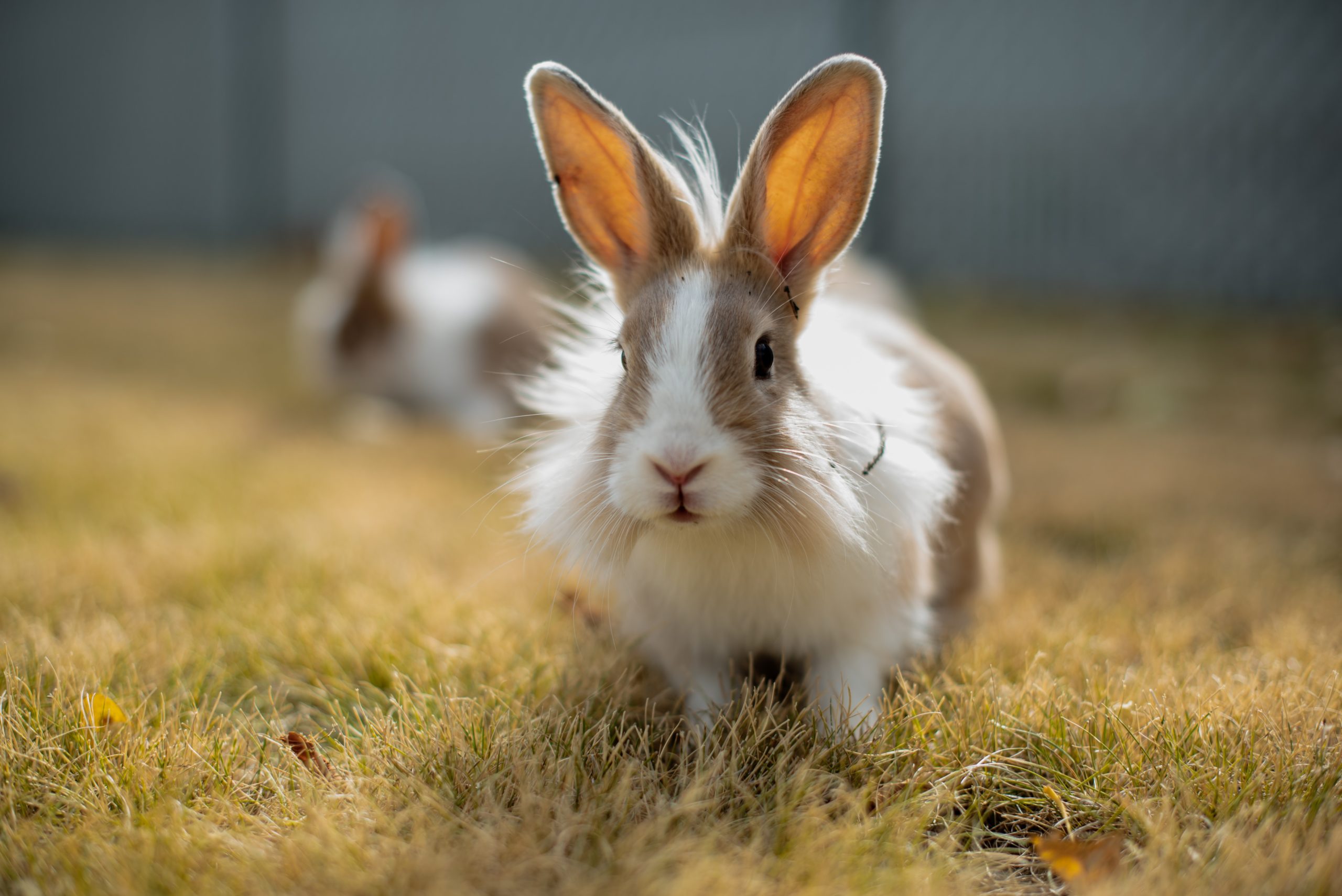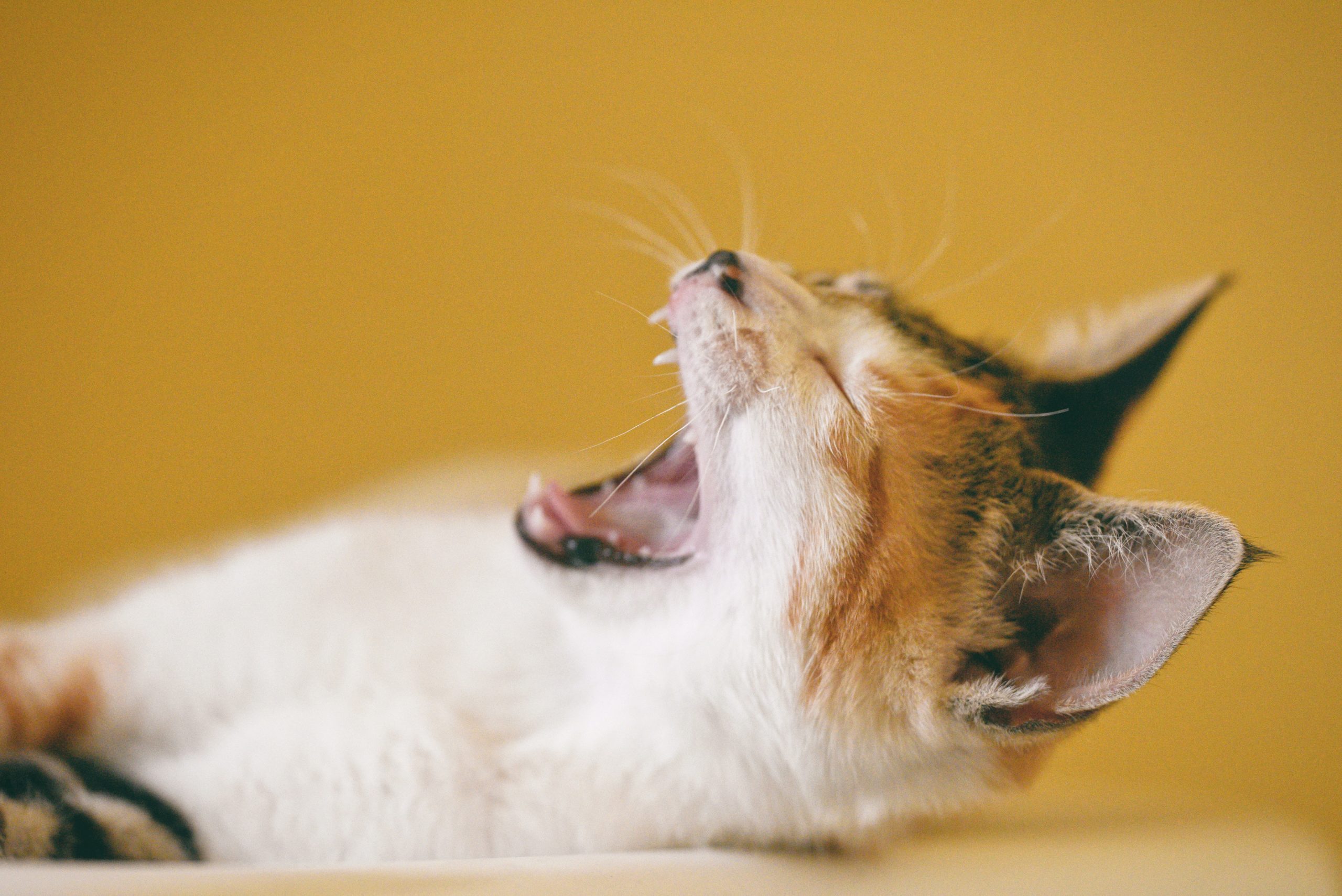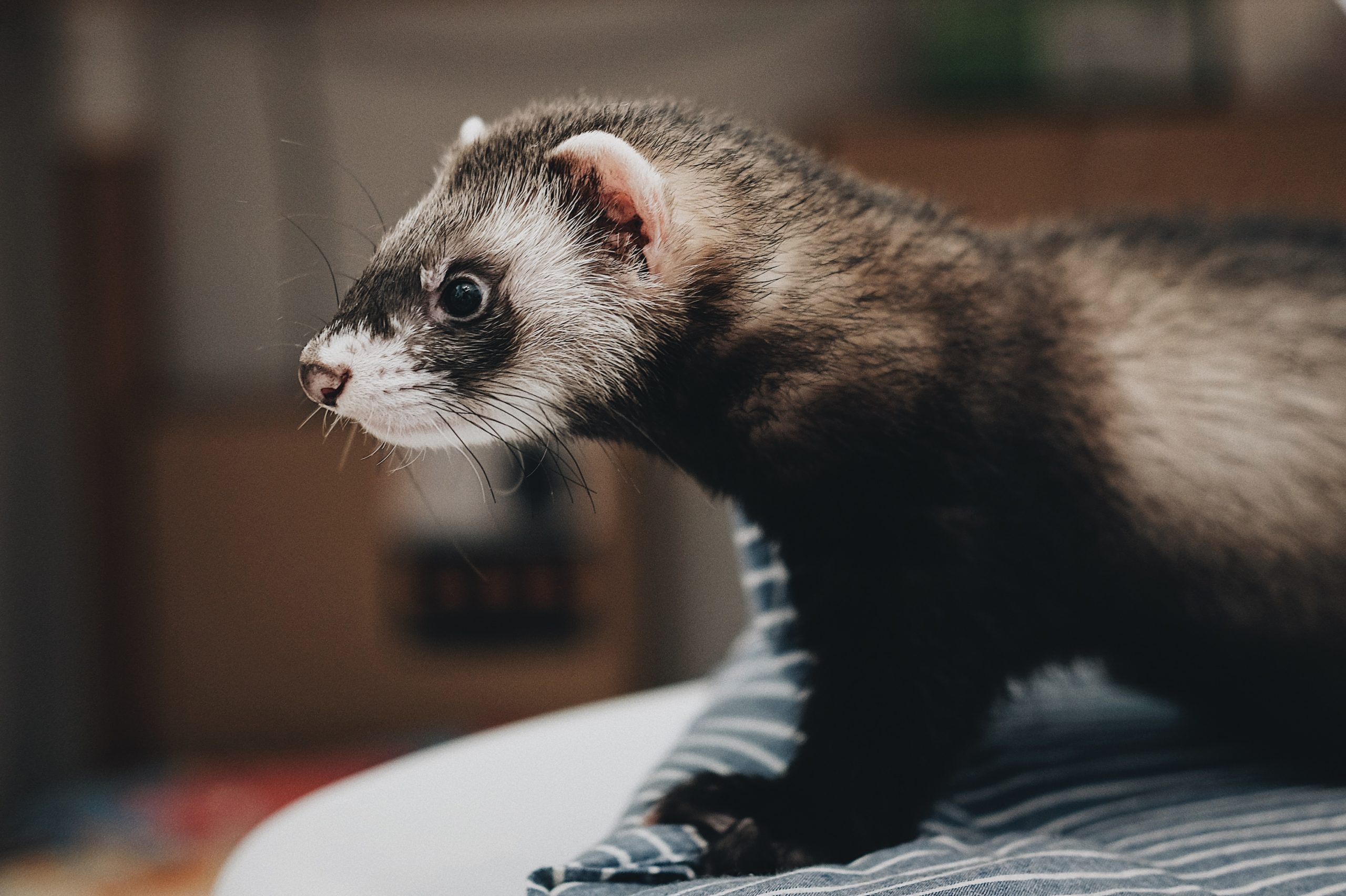Rabbits are communal animals and are therefore happiest in the company of other rabbits. In the wild a warren may hold seventy or more individuals, divided into smaller groups that spend a lot of time in close quarters grooming each other and resting together.
As pets, rabbits should be provided with a companion wherever possible. Litter mates or rabbits that have been brought up together usually co-exist peacefully, but how do you introduce a friend for your existing rabbit without the furr flying?
What is the best rabbit pairing?
- Litter mates can co-exist peacefully but should be neutered if of different sexes to prevent fighting as well as mating when they reach sexual maturity
- An existing female rabbit will usually tolerate another female rabbit if the cage is large enough, but fighting may still occur
- An existing male rabbit should be neutered before introducing another (neutered) rabbit to minimise aggression
- Intact male rabbits (bucks) will fight and cause serious injuries if housed together
- The most suitable pairing is a neutered male and a neutered female rabbit
- Guinea pigs and rabbits should not be housed together
How do I introduce the new rabbit?
Although they are social animals, rabbits are also very territorial so be prepared for quite a stressful time and plenty of fighting as your existing rabbit will initially resent the invasion of its territory and fight to protect its turf and dominance. The most important factor is to introduce the rabbits when you have the time to supervise them closely.
Firstly, you need to introduce the rabbits on neutral ground, that is, not on your existing rabbit’s turf. One suggestion is that you take your rabbit with you to pick up the new rabbit and they meet in the car or at someone else’s house.
At home the rabbits should be housed separately, but within eyesight of each other. Then each day you can let the rabbits out together in a neutral space (a room your rabbit doesn’t normally go into like the bathroom, kitchen, garage or different area of the garden) for 20 minutes or so but they must be supervised during this time – the area should be quite small and safe so the rabbits can’t hide or escape.
Keep a water spray bottle with you to break up any serious fights, or watch for imminent aggression and prevent a fight from occurring. If they are fighting then continue housing them separately (but within eye contact). If they are not fighting then you can attempt putting them in the same cage together but only when you are there to supervise and remove one if necessary.
If the existing rabbit’s cage is large enough then it may be satisfactory to house both rabbits but it must be thoroughly cleaned of the existing rabbit’s scent. Rabbits rely on smell for communication more than sight so a new, larger cage is most successful for preventing territorial fighting.
Once housed together, it is still a good idea to keep the rabbits separated when you are away until you can be sure no fighting will occur. This process can take a long time – weeks to months – so you need to be patient and spend time working with the rabbits and gradually bringing them together from neutral ground to normal territory.
An alternative is to take a holiday and work with the rabbits at a friend or relative’s house to speed up the process.
Will my single rabbit be lonely?
If you can only keep one rabbit as a pet, don’t despair! Rabbits also like the company of their humans and are happy if you spend some quality time with them every day. They love to be petted (many don’t like to be held or picked up) and they love toys, playtime with you and wandering in the garden if it is safe.
Many rabbits can be successfully house trained and simply enjoy sitting on the couch with you watching television or following you around the house doing your daily duties.
Toys for rabbits include footballs to nudge or roll, chew toys (pine cones, fruit tree branches, seagrass mats or baskets), cardboard toilet rolls, wire balls with bells inside, old telephone books or cardboard boxes to shred, a litter tray of sand to dig or roll in and a box full of hay, straw or shredded paper to dig in.




